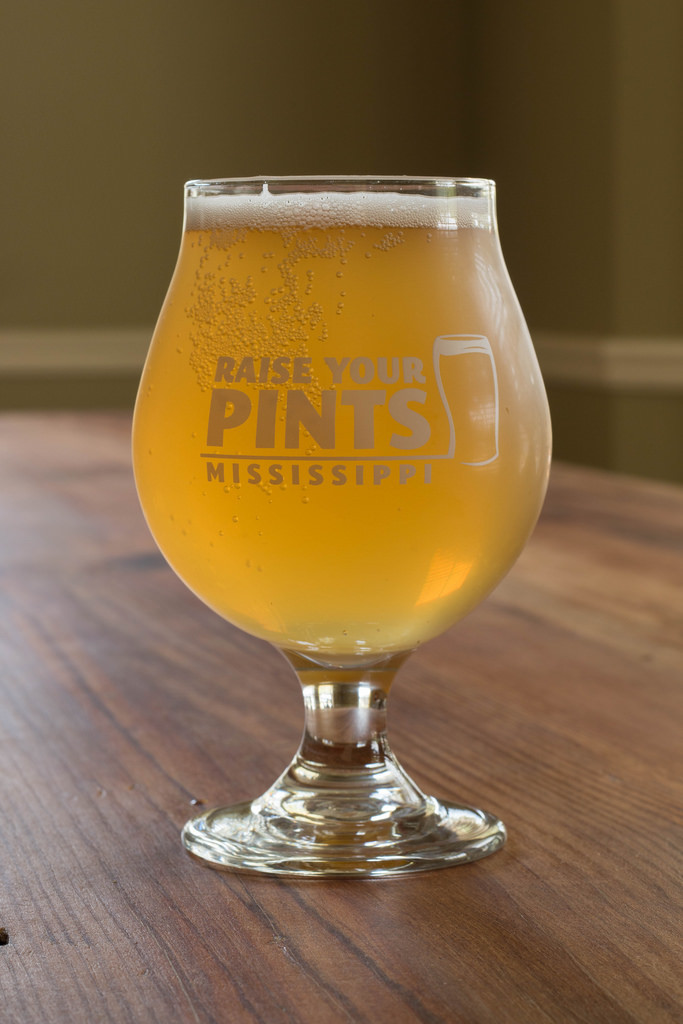 Berliner Wisses are one of my favorite styles of beer. They are tart, easy drinking, and the base beer is extremely easy to make. Based on the BJCP 2015 guidelines, a Berliner Wiesse is supposed to have a starting gravity around 1.030 and 5 IBUs of hops and composed primarily of wheat and pilsner malt in equal amounts.
Berliner Wisses are one of my favorite styles of beer. They are tart, easy drinking, and the base beer is extremely easy to make. Based on the BJCP 2015 guidelines, a Berliner Wiesse is supposed to have a starting gravity around 1.030 and 5 IBUs of hops and composed primarily of wheat and pilsner malt in equal amounts.
The hard part about brewing a brewing a Berliner Weisse is working with lactobacillus. My first four or five trials using lactobacillus and Berliner Weisse blends from white labs did not turn out like I wanted, even after several month of aging. The big problem was that my beers would never get sour. After a year, one managed to get a little tart, but it had too much of an acetic acid quality because I let my airlock dry out. I even tried an all lactobacillus beer once. I wrapped it in a heating pad for over a month. It grew mold before it fermented out.
For a while I gave up on trying to use lactobacillus in my Berliner Weisses. I got tired of fighting with the beers not getting sour, no matter what I tried. Then earlier this year, we got a chance to have Michael Tonsmeire do a Skype call with our local homebrew club. I mentioned my problem to him and he pointed out that a lot of people haven’t had good luck with the strains I have been using. He recommend a specific strain of lactobacillus: lactobacillus brevis.
After doing some research, brevis wasn’t used in any of the white labs Berliner Weisse blends I was using. White lab typical uses lactobacillus delbrueckii (WLP677) in their blends and is the strain I have used previously. I decided to hunt down some brevis (WLP672) and give it a whirl.
Brevis and Butthead
SG: 1.030
FG: 1.005
ABV: 3.3%
IBU: 0
Batch Size: 12 gallons
Mash Efficiency: 70%
Grain Bill
7 lbs – Continental Pilsner Malt – 50%
7 lbs – What Malt – 50%
Hops
None
Yeast
Lactobacillus Brevis (WLP672) – two vials
European Ale Yeast (WLP011) – two vials
Brewday
I mashed in around 148. Due to the lower mash temp, decided to mash for 90 minutes. Mashed in with ~4.4 gallons of water. I do not remember my strike water temperature. I have been using the Green Bay Racker’s calculator, but it hasn’t been accurate for me lately. Sparged with 7 gallons around 170 degrees F.
Hit 70% efficiency.
Topped off to 15 gallons. Assuming 2 gallons/hour boil off and I am performing a 90 minute boil to drive off DMS.
Final volume 12 gallons.
IMPORTANT: These next steps I believe are critical for the Berliner Weisse. I chilled wort to 100 degrees F. Transfer to two class carboys (I don’t recommend using buckets because lactobacillus can get stuck in even the tiniest scratches. )
While wort was still warm, I pitched the lactobacillus. One vial in each batch. Kept carboys warm (above 90 degrees F) by leaving them in my hot garage. Left carboys in my garage for about 20 hours. Brought them into the house to let them cool off to normal pitching temps.
When the two batches of wort came down to pitching temps, I pitched WLP011 into both carboys. I did not oxygenate like I normally would. I was afraid of introducing oxygen with lactobacillus being in the wort already.
Put both carboys into fermentation chamber.
48 Hours after Brew Day
No sign of fermentation.
1 Week after Brew Day
Still no sign of fermentation
2 Week after Brew Day
Still no sign of fermenation. Decided to take a taste sample. Holy crap was this beer good. It’s very tart. Like holy cow tart. I got a ton of other fruity flavors. Lemon. Orange. I decided to keg one of the batches now. It’s pretty dry. I don’t have my finishing hydrometer to measure the FG, but it tastes pretty dry. Based on the lack of fermentation, I am curious if this went through an all lactobacillus fermentation.
7/11/15
Tasting notes. This beer is excelent. The flavor hasn’t changed much since I kegged it. It’s still extremely tart. Like tooth dissolving tart. Next time, I might go with only 12 hours of letting the lactobacillus do it’s thing before pitching WLP011.
10/22/2015
I have brewed this beer one more time since the last update. I brewed another double batch. One batch received a pitch of Farmhouse Sour Ale blend from The Yeast Bay and the other batch got WLP 672 (Brevis) and US-05. The Farmhouse Sour Ale blend has a mixture of Brevis and a Sacc. I pitched while the wort was still slightly warm and I let it naturally cool to room temp in my house. The other batch was left in my garage and I pitched with brevis and kept warm for 24 hours. After 24 hours, the beer was brought into the house to cool. I then pitched a single packet of US-05 and I let the beer ferment for two weeks before kegging. Both beers were very good and tart. I highly recommend folks giving lactobacillus brevis or plantarum a try. However, the key is letting them get a warm head start before pitching yeast. Another important key to brewing berliner weisse is using no hops. Lactobacillus is very hop sensitive. Keep the IBUs very low. I choose to go with no hops at all. The style calls for about 5 IBUs, but I’m willing to bet no one can taste 5 IBUs of bitterness, so I just skip the hops all together.